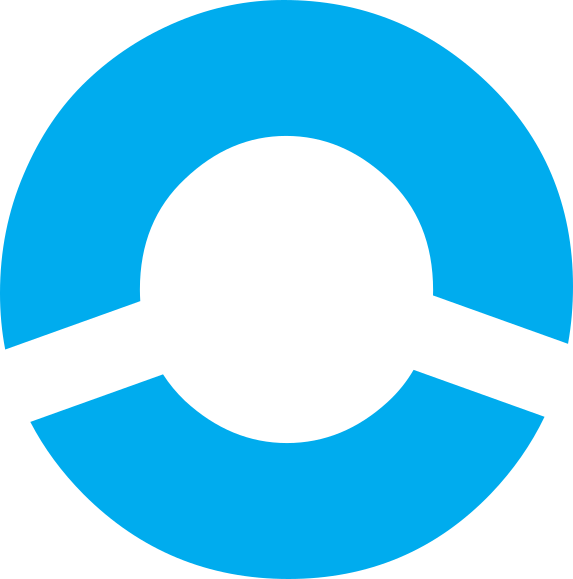Bits
Scaling IoT Backends
Kubernetes can help IoT backends handle variable workloads by automatically scaling services based on demand. With Horizontal Pod Autoscaling (HPA), it can spin up more instances when device traffic s...
AI in Digital Twins
AI enhances digital twins by enabling real-time anomaly detection, predictive maintenance, and optimization. By analyzing sensor data, AI models can simulate future scenarios, detect failures before t...
What is Digital Twin?
A digital twin is a virtual replica of a internet connected physical devices or a system. It uses data from sensors, devices, and other sources to create a real-time simulation of the physical system....
Developer Experience ( DX )
Developer Experience ( DX ) describes a developer's interactions and feelings when working with the system/product/API/Tool to meet a specific objective. You can think of DX as the User Experience (U...
DRY and WET principles
DRY stands for Don't Repeat Yourself & WET stands for Write Everything Twice. DRY preaches not to repeat yourself, extracting it and creating an abstraction if you see duplication in the code. But, in...
Housekeeping your project
Housekeeping your project is important! If you are using npm as a package manager for your big JavaScript/Typescript project, go to the folder where you have package.json and run ``` npx unimported `...
Application of Blockchain in IoT
When we talk about this, we are not just playing with buzzwords here. Blockchain has real use cases with IoT applications. According to IBM, the key benefits include: 1. Build trust: Builds trust betw...
LTE-M vs NB-IoT
LTE-M is an LPWAN technology that is similar to NB-IoT. The major difference is latency. LTE-M can be used in mission-critical applications. Also, speed is higher than NB-IoT i.e it allows for more da...
What is NB-IoT?
NB-IoT or Narrowband IoT is a Low Power Wide Area Network (LPWAN). It uses a subset of the LTE standard. NB-IoT, which is developed for a new range of IoT devices, focuses specifically on indoor cove...
What is IOTA?
[IOTA](https://www.iota.org/)'s tangle is an open-source distributed ledger technology ( similar to blockchain ) built for the Internet of Things. It enables data and value transfers between the "thin...
Dockers and IoT
Docker is software for containerizing applications. Containers are small and lightweight execution environments that can share the same kernel but can be isolated from each other. Docker solves many ...
Kubernetes!
In IoT systems, you might have to run a cloud-native application or backend which is scalable, highly available, and quickly updatable. Google open-sourced a new software called Kubernetes, which sta...
Distributed Tracing
Most Internet of Things systems is built in a distributed way i.e, using a microservices architecture. Distributed tracing is used to monitor the application as a whole. It helps pinpoint where exac...
Microservices Architecture
Traditionally, developers created large monolithic architectures. This means a single monolith had all the code for the application. This can become a problem as more features are added to the applica...
What is FOTA?
FOTA means Firmware Over-The-Air. This technology enables the operators of IoT devices to update the device firmware directly over the internet. This can be done completely remotely and without any p...
What is Merged Reality?
Merged Reality ( sometimes referred to as Mixed reality ) is when Virtual Reality and the Internet of Things come together. VR and IoT share a similar basic philosophy and purpose. Both are about the...
What is AIoT?
AIoT stands for Artificial Intelligence of Things. It brings together the good of both the IoT and AI worlds. To put it in a simple way, it involves applying AI techniques to the data generated by Io...
That's a lot of data
It is estimated that, by 2025, IoT devices will generate around 80 Zettabytes of data in total. To put things into perspective, 1 Zettabyte = 1 Trillion Gigabytes. That's a lot of data.
Internet of Everything
Coined by Cisco, the Internet of Everything, abbreviated as IoE, is a superset of the Internet of Things. It includes, Things, Data, Processes and People.
Fuller Stack Developer
If one wants to be able to develop an end-to-end IoT solution, he must be a Fuller Stack developer. Fuller Stack developer = Full Stack Developer + Embedded Systems Developer + Electrical Engineer. ...
